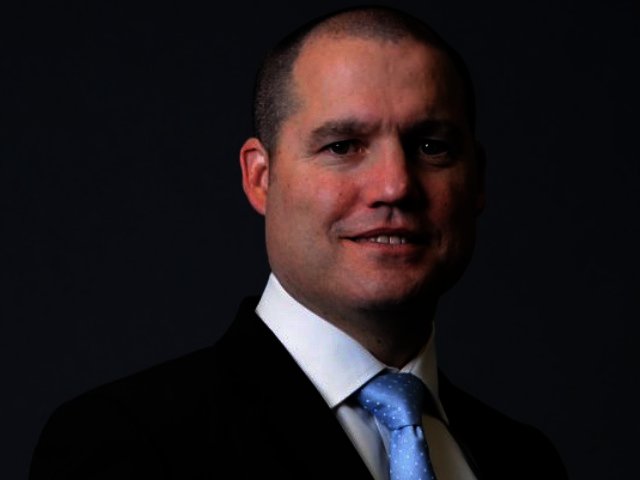By Steven Nathan, CEO of 10X
In the context of the so-called gig economy and the 4th Industrial Revolution, talent is increasingly mobile and talent hunters (ie employers) must be creative to attract and keep the best workers. Talent retention is no longer as simple as paying the biggest salaries.
There’s no question that the battle to recruit and retain top talent is intensifying. Even if many employers offer few additional benefits, such as pension funds, those that do are under pressure to supply evidence of good performance and transparency, especially where employees are obliged to join the company fund.
Carefully chosen, value-adding benefits, like a high performing, low cost retirement fund can add important points in the closely fought contest to be seen as an employer of choice, where the best candidates want to work for you and the most talented staff stay. This is HR’s holy grail in today’s market.
The Top Employers Compensation and Benefits survey, which is based on a sample of 600 organisations in 102 countries, shows that, as of 2016, benefits are central to talent management again after a long period, post the global financial crisis, when tougher times led many employees to seek job stability over greater rewards.
Bottom line
Retaining the best employees is a core driver of productivity and efficiency. In fact, keeping staff happy and engaged is known to be a key aspect of success for most businesses. Making the best decisions for and on behalf of employees is as much about a company’s bottom line as it is a moral issue.
Overall health and happiness, which includes financial wellbeing and confidence about the future, are key drivers of employee productivity. Numerous studies back up anecdotal evidence showing a clear connection between employees’ physical and financial health and a company’s success.
However, meeting the needs of a multi-generational workforce, attracting new talent and retaining current staff is no easy feat especially if it must be achieved without additional major budgetary outlays.
No brainer
In this context, ensuring that current expenditure is deployed as effectively as possible seems like a no brainer. You might think everyone would be tightening those screws, but there seems to be a large gap between the way management and employees are expected to prove their worth daily and justify every penny spent, and the way most corporate pension funds are run.
The vast majority of pension funds are actively managed, a system of fund management that has been long been discredited as risky at best, hopelessly delusional at worst, and most certainly inappropriate for long-term investors. The Spiva scorecard, which is published by S&P Dow Jones Indices, shows that 9 in 10 actively managed funds consistently underperform their benchmark.
Not only are these products proved time and again to be inferior in terms of performance, they are also expensive. Investors pay various layers of fees and charges for the benefit of taking part in the lottery that is active management.
The facts speak for themselves. In terms of cost and performance low cost index tracking funds are the clear winner, making them a significantly better choice for the company and the investor.
10X Investments has a 10-year track record of excellent performance at a very low cost, which is why more and more companies, such as Virgin Active, Lindt and EOH, entrust their company funds with us.





